



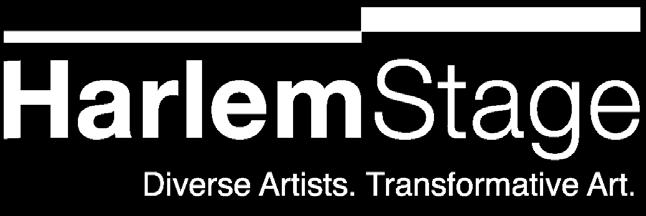
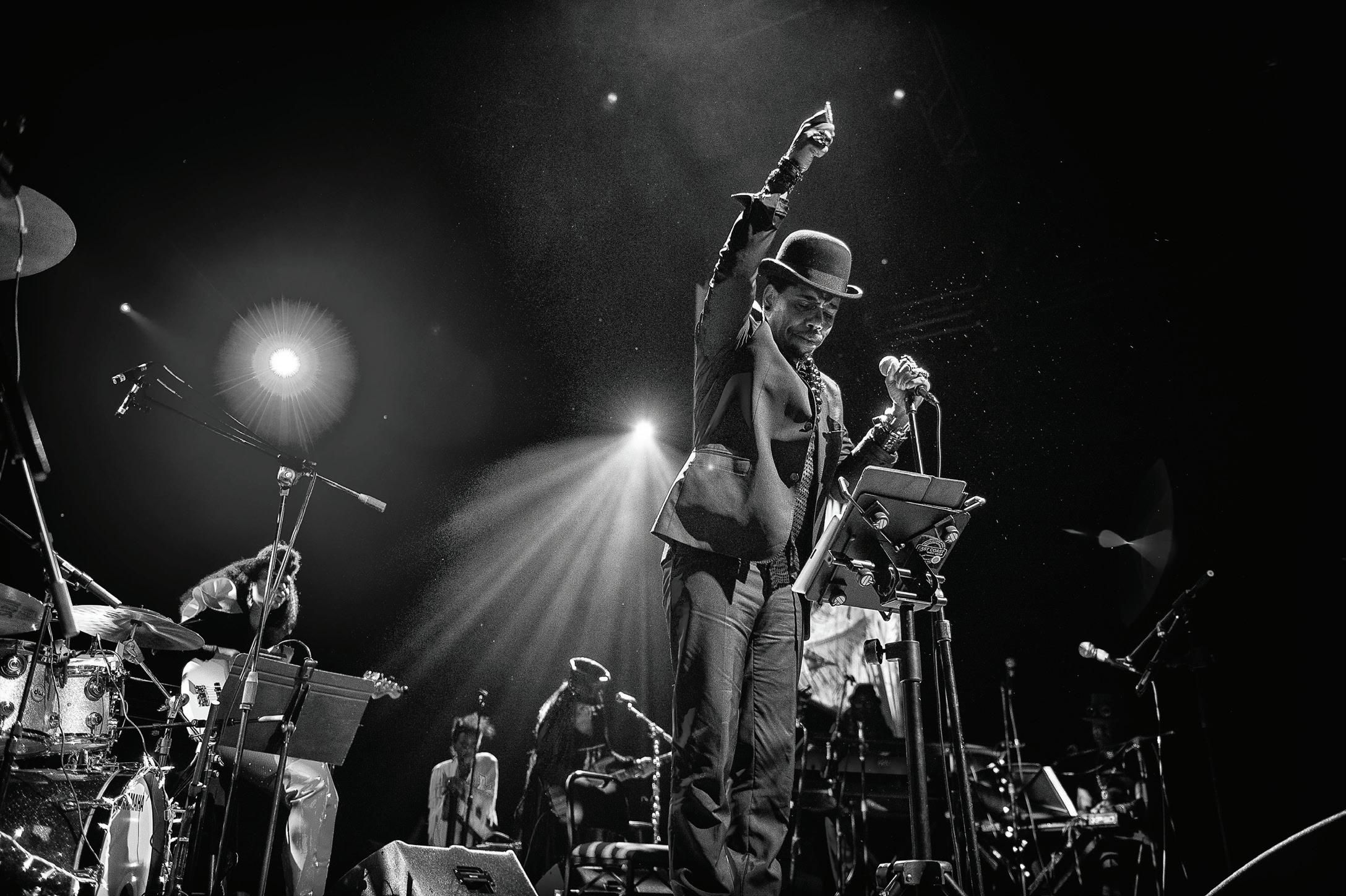











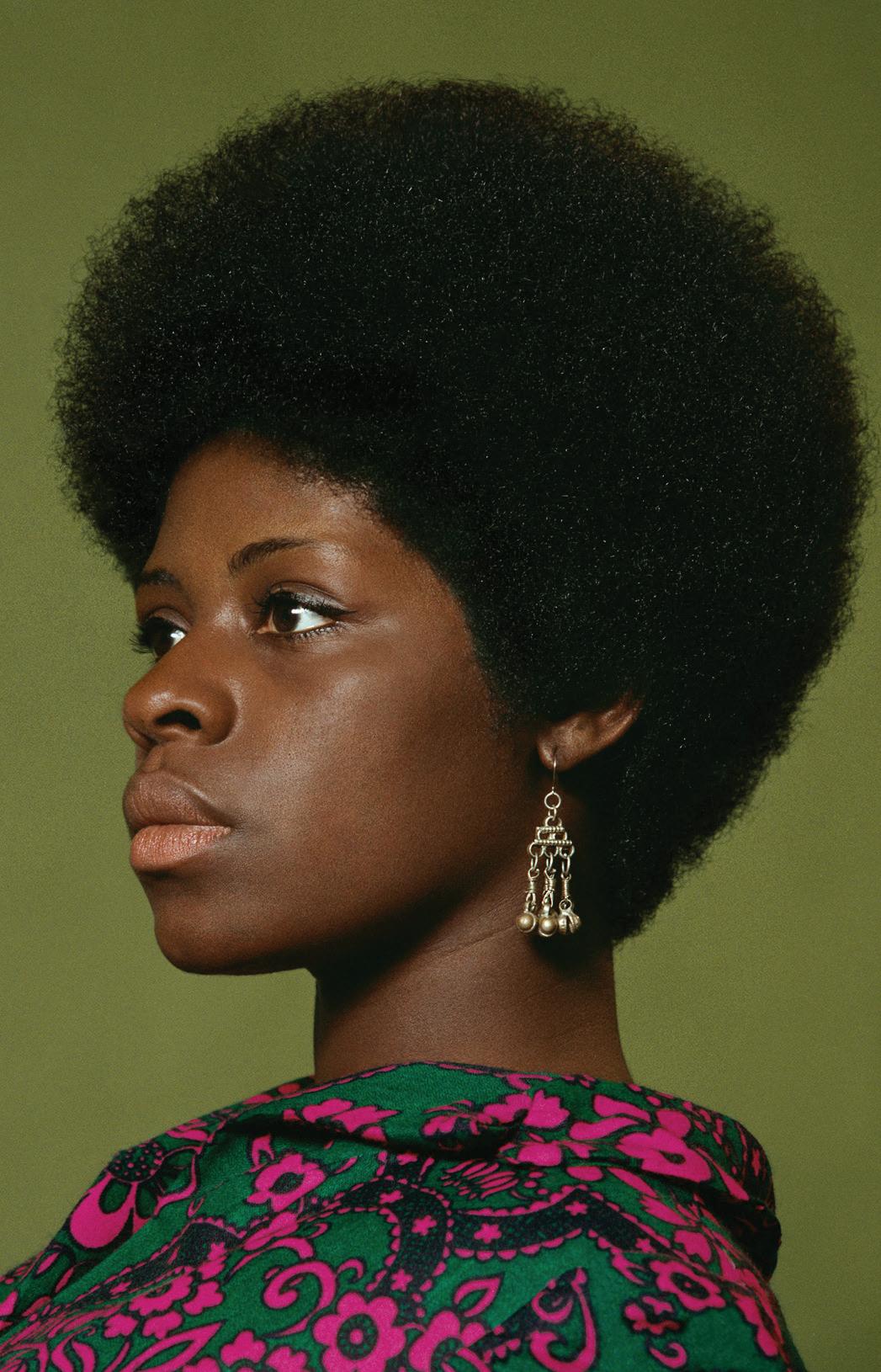
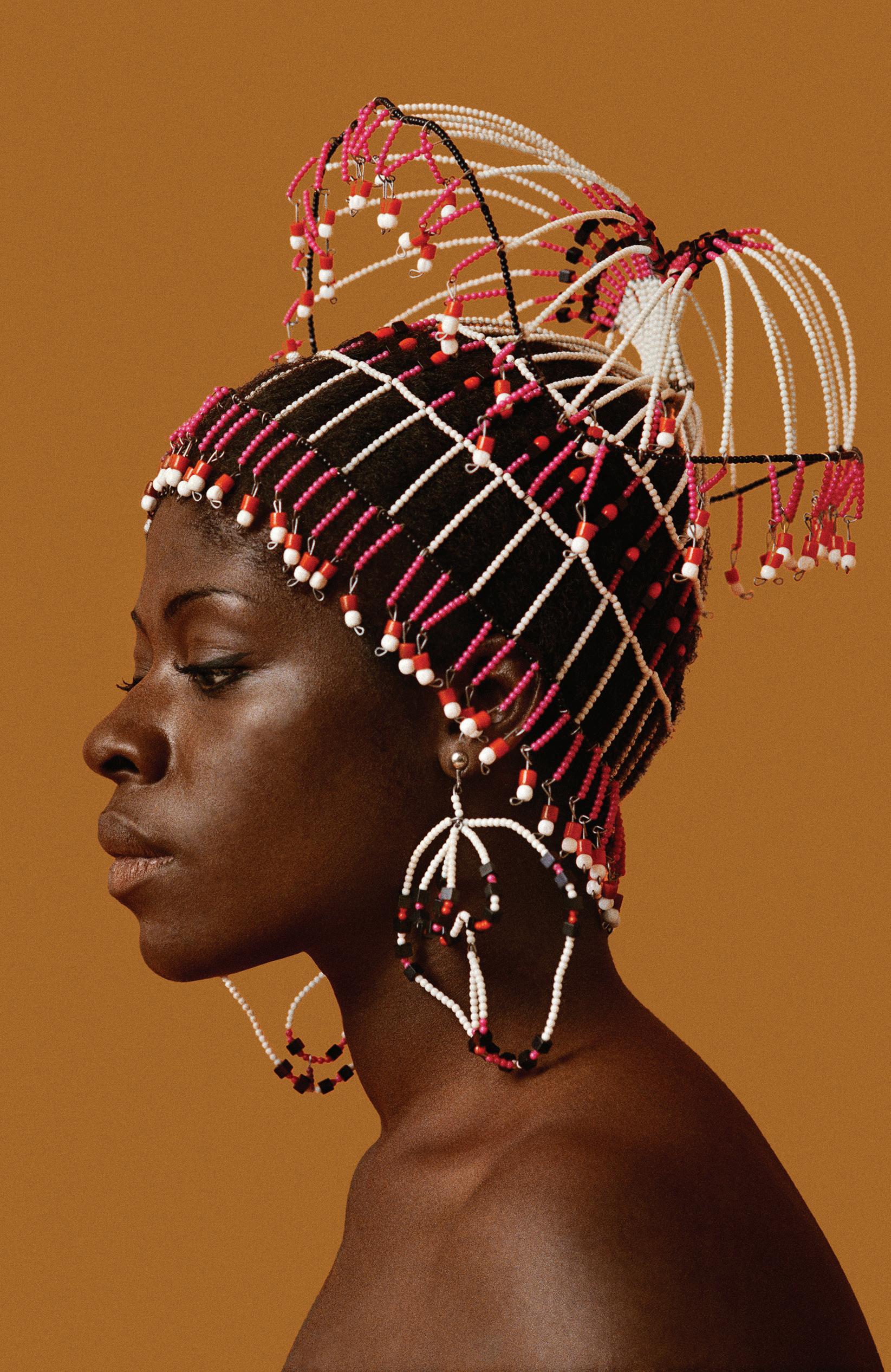

Over the course of the 2022/2023 Season, Harlem Stage examines the Black Arts Movement of the 1960s to the 1970s, and its relationship to race, gender, sexuality, music, photography, film, poetry, theater, and dance, as well as its intersectionality with the larger Black Power Movement. Harlem Stage also intends to raise key questions that remain relevant to artistic production: what is the relationship between art and politics and what is the role of the politically conscious artist?
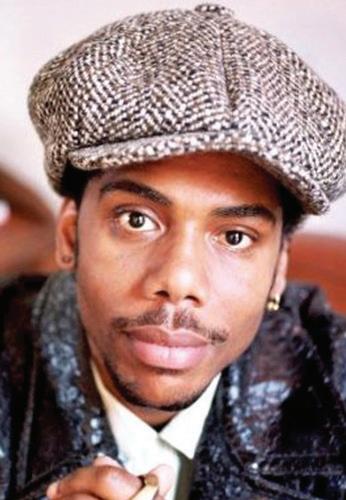
Harlem Stage will convene seven programs, culminating in a spring conference and concert, paying tribute to the groundbreaking writers, poets, visual artists, musicians, and intellectuals who attempted to situate their work within the political, economic, social, historical, and artistic context of Black Americans. Employing roundtables, public dialogues, and screenings, Harlem Stage also intends to explore controversial areas of tension between the intellectual, ethical, and commercial imperatives of the Black Arts Movement, its scholarship, and the professional demands many of its leaders (given the constraints, and disparate doctrinal paths of debate, within its institutional academy) imposed upon artists, and whether or not the Black Arts Movement’s libertarian, racism-countering goals were ever truly achieved.
Employing “conversations” between highly esteemed sovereigns of the Black Arts Movement and a contemporary generation of artists, Black Arts Movement: Examined centers itself within a dialogue that is both historically and culturally relevant in the ever-changing present world.
Carl Hancock Rux Associate Artistic Director/Curator-in-ResidenceWhen Carl Hancock Rux and I first started discussing his joining the staff of Harlem Stage as our Associate Artistic Director and Curator-in-Residence, our conversations centered on how a practicing artist with an active career would be able to adjust to the various responsibilities associated with the running of an arts organization. More significantly we talked about curatorial processes involving the design and implementation of our programs within the context of a team. Even before we sealed the deal for his engagement, made possible through the generosity of the Mellon Foundation, Carl, who had presented his art at Harlem Stage for over 30 years, was brimming with ideas. Certainly something that I should have expected, but when one of his many ideas was to propose a yearlong series of programs examining the Black Arts Movement, I was deeply moved and inspired.
Essentially, I cut my teeth in performance and administration as a participant in the Black Arts Movement almost accidentally as the young partner of the artist, Emilio Cruz, who reluctantly left a career in the NY art world to join the Black Arts Group (BAG) in St. Louis. It was life-changing in many unexpected ways. We were suddenly in the center of an amazing group of artists and activists who mixed their dedication to creative work with the idea of building and transforming community, confronting the social and political strictures that reinforced racist oppression. In part as a response to the Civil Rights movement of the ’60s, we marched, we protested, and we created art meant to respond to and challenge the status quo. Carl and I spent many hours discussing the parallels between those times 50 years ago to the police killings of Black men, women, and children and the continued oppression that inspires the Black Lives Matter movement of today. The ultimate parallel is the creative response of contemporary artists, looking back and creating forward.
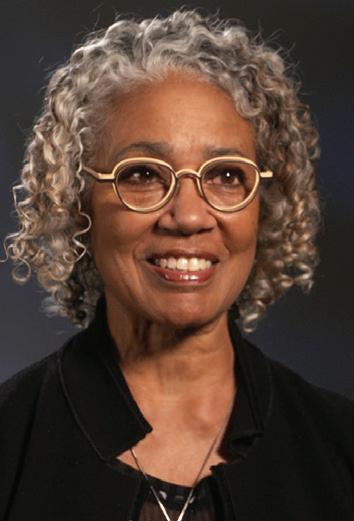
Cycles abound sometimes more quickly than we can record or absorb. The point of the series that Carl has conceived, and programmed collaboratively with myself, Managing Director Eric Oberstein, and Programming Manager Yunie Mojica, is not only to absorb, but it is also to examine, to expand our understanding, to learn from the past through the lens of transformative art. As an organization that sits proudly at the intersection of art and social justice, this examination of an arts movement born out of resistance exemplifies the mission of Harlem Stage. I hope that you will join us and participate with us in this examination.
Artistic Director & CEO Photo by Kwame Brathwaite
Photo by Kwame Brathwaite

In this introduction of Harlem Stage’s Black Arts Movement: Examined series, Artistic Director & CEO, Pat Cruz, and Associate Artistic Director/Curator-in-Residence, Carl Hancock Rux, discuss, examine, and dive into the importance of the movement and the inspiration and meaning behind this curated series.
Following a brief intermission, FHP Collective, a collective of artists inspired and mentored by internationally acclaimed dancer/choreographer, Francesca Harper, Artistic Director of Ailey II, present a work-in-progress showing of a new work that responds to themes of racial justice and accountability.
Thank you for joining us!
Eriko Iisaku
Dancer / FHP Collective Associate Artistic Director / Project Manager
Raven Joseph Dancer
Timothy Stickney
Dancer / FHP Collective Associate Artistic Director / Project Manager
Corinth Moulterie Dancer
Brena Thomas Dancer
Mandy Ringger Lighting Designer
Nona Hendryx Original Score
The new work performed by The FHP Collective is supported by Works & Process’ LaunchPAD initiative, described as “Process as a Destination.”
With Gratitude to Carrie Mae Weems for generously granting use of video content
A production of THE OFFICE performing arts + film
 Photo by Kwame Brathwaite
Photo by Kwame Brathwaite
Patricia Cruz has served as the Executive Director, and board member, of Harlem Stage since 1998. A highlight of her tenure has been the state of the art renovation of the Gatehouse, the organization’s home since 2006, and the rebranding of Harlem Stage.
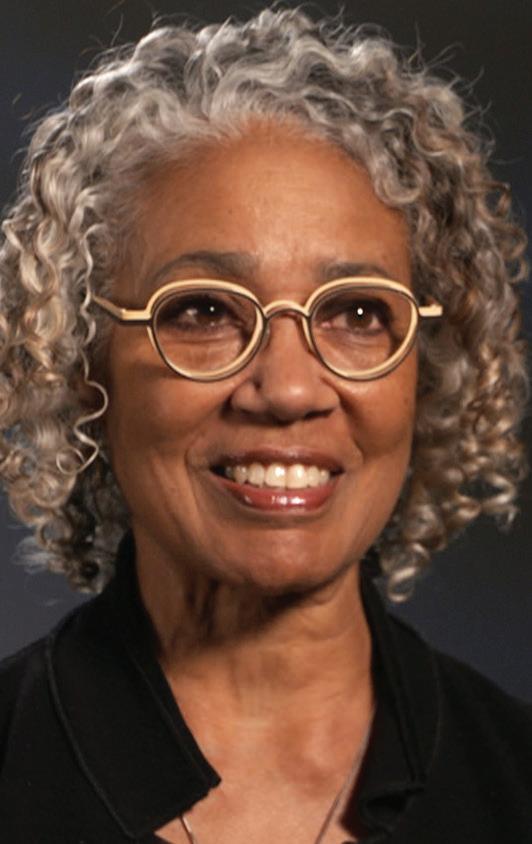
Carl Hancock Rux is an American poet, playwright, novelist, essayist, recording artist, senior-level arts administrator, and educator. He is the author of several books including the Village Voice Literary Prize-winning collection of poetry, Pagan Operetta, the novel, Asphalt, and the Obie Award-winning play, Talk; five albums, and appears as a frequent collaborating artist, most notably Gerald Clayton’s album Life Forum (Grammy nomination for Best Jazz Instrumental Album); co-author of the staged incarnation of Steel Hammer by Julia Wolfe, the 2010 Pulitzer Prize-nominated work, created with Anne Bogart; as well as the author/performer of the Lincoln Center commissioned experimental short poetic film The Baptism, a tribute to civil rights activists John Lewis and C. T. Vivian, directed by Carrie Mae Weems (an official selection in the 2022 Segal Center Film Festival on Theater and Performance). Mr. Rux is the inaugural curator/director of Lincoln Center’s annual Juneteenth Celebration, I Dream a Dream That Dreams Back at Me, which he has expanded to include as an arts installation at the Park Avenue Armory, as well as a Humanities panel at Harlem Stage. Mr. Rux is co-Artistic Director and Board member of Mabou Mines; Board member of 122LCC (formerly known as Performance Space 122); Associate Artistic Director/Curator in Residence of Harlem Stage/The Gate House); and the Multidisciplinary Editor at The Massachusetts Review.
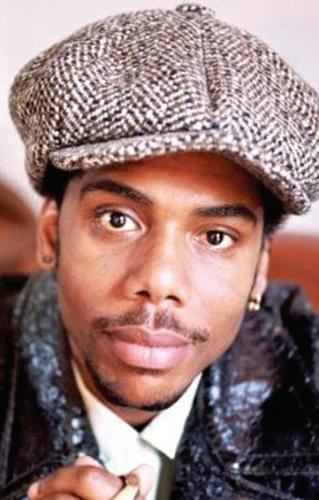
Founded in 2021 The FHP Collective is a new entity, originally The Francesca Harper Project founded by Francesca Harper. The FHP Collective is a not-forprofit company dedicated to creating groundbreaking dance, music, and theater works. Francesca Harper’s direction and choreographic work serves as the artistic foundation for the company, but it is the innovation and commitment to humanity and diversity that is fundamental to The Francesca Harper Project. The company aspires to create a unique style – classical dance forms, deconstructed and fused with cutting-edge text, music, and film. The content of the pieces are rooted in the most fundamental themes of creation, imperfection, love, humanity, race, sexuality, politics, and identity. The Francesca Harper Project embraces and celebrates the spirit of diversity and individuality.
The company debuted with a sold out premiere of Modo Fusion at the Ailey Citigroup Theater in August 2005. Since then, FHP has been presented by The 92nd Street Y, Harkness Dance Festival, the Makor/ Steinhardt Center and Solstice: Dancing at the Crossroad in Times Square sponsored by Dancer’s Repsonding to AIDS. More recently the company has been featured at the Holland Dance Festival, Harlem Stage, The Bloomberg Culture Series, The Metropolitan Museum of Art, The Joyce Theater, New Jersey Performing Arts Center (with the New Jersey Symphony Orchestra), New York City Center, Central Park SummerStage, ITE Contemporary Dance Festival, and The Venice Biennale. The 2016 Season premiered in January at Ailey Studios during the Association of Performing Arts Presenters annual conference.
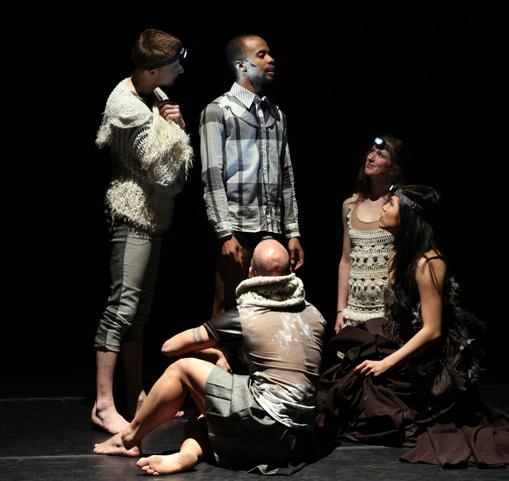
Francesca Harper is an internationally acclaimed multi-faceted artist. After being named Presidential Scholar in the Arts and performing at the White House, Francesca attended Columbia University for a summer studying philosophy and computer programming, but could not deny a passion inside that moved her to pursue a professional career as a dancer. Francesca joined the Dance Theater of Harlem’s Junior Company that same summer and joined the main Company the following year. Francesca performed soloist roles with the DTH, such as the Hostess in Bronislova Nijinska’s Les Biches and soloist in Swan Lake. After Dance Theater of Harlem, she fell in love with the choreography of William Forsythe. She joined his company, Ballet Frankfurt, quickly started performing lead roles, and soon after was promoted to Principal. While a member of Ballet Frankfurt, Francesca was chosen to perform with designers Issey Miyake, and Gianni Versace, and to perform in a film, Dancing Pleats, a 30-year retrospective of Issey Myake’s design work in Japan. She performed Miyake’s and Versace’s fashion shows in Paris and Milan as well. She was also spotted signing on the Frankfurt stage and subsequently invited to record her first single, Slow Groove. Slow Groove was produced on a compilation album and distributed inthe U.K. and throughout Europe. She self-produced her own album, Modo Fusion, currently available on iTunes. While still a member of Ballet Frankfurt, she first tested the waters choreographically by creating her first full evening of work, Dark Violet Light Stone, commissioned by The Holland Dance Festival.

Eriko began her dance training with her mother, Yoshimi Iisaku. In 2006, she moved to New York and entered The Ailey School as a Fellowship student for four years. She has trained at Jacob’s Pillow Contemporary Tradition and ADF (American Dance Festival).

Eriko has had the opportunity to perform works choreographed by Francesca Harper, Sonia Dawkins, Iquiail Shaheed, Edger Zendejas, Helen Pickett, and appeared in Alvin Ailey’s Memoria at New York City Center in 2007-2009. She has performed with Dallas Black Dance Theater, New Ballet Ensemble as a Guest Artist, Eikichi Yazawa Still Rockin concert tour as a featured dancer, New Jersey Symphony Orchestra, and International Tanz Gala in Graz Austria. Eriko has served as Rehearsal Director/Company Member of FHP and Associate Artistic Director of FHP Collective since 2010.
Raven Joseph is in her fourth year at The Juilliard School for dance. While in high school, she continued her training at MOVE|NYC|’s Young Professionals Program. Joseph is extremely humbled to be named a 2017 NAACP ACT-SO
National Silver Medalist in the Modern Dance Category. This is Raven’s first season with FHP Collective.

Corinth Moulterie, a native of Brooklyn, NY, began his dance training at the Harlem School of the Arts and is also a graduate of Brooklyn High School of the Arts. He is an alum of MOVE|NYC|’s Young Professionals Program and is currently a full scholarship student at The Ailey School. This is Corinth’s first season with FHP Collective.
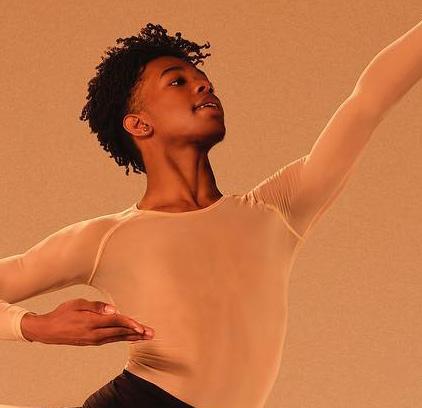
Tim Stickney began dancing at the age of three at a variety of schools in upstate NY, NC, and MA, most notably The Gold School under the direction of Rennie Gold. He graduated from the Ailey/Fordham BFA Program in 2014 and while there, performed in both Memoria and Revelations with Alvin Ailey American Dance Theater at New York City Center. He has performed in the work of Dwight Rhoden, Alvin Ailey, Francesca Harper, Ronald K. Brown, Karole Armitage, and Bob Fosse, among others. Stickney joined Complexions Contemporary Ballet in 2014 and has been working with FHP and FHP Collective since 2011.
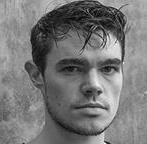
Brena Thomas (Chicago, IL) began dancing at the Sammy Dyer Dance Theatre in 2005 and started her formal training at Chicago High School for the Arts under the direction of Lisa Johnson Willingham. After graduating from “Chi-Arts,” she received a scholarship to attend Alonzo King Lines Ballet and Ballet Austin. Ms. Thomas also trained as a scholarship student at Dance Theatre of Harlem and The Ailey School. She has performed works by Gregory Dawson, Aubrey Lynch, Ray Mercer, Brice Mousset, Leyland Simmons, and Bradley Shelver, and she was a guest artist for South Chicago Dance Theatre. Ms. Thomas also appeared in the FX hit series POSE. Brena was a member of Ailey II under the direction of Francesca Harper. In addition to FHP Collective, Ms. Thomas is a member of Philadanco.
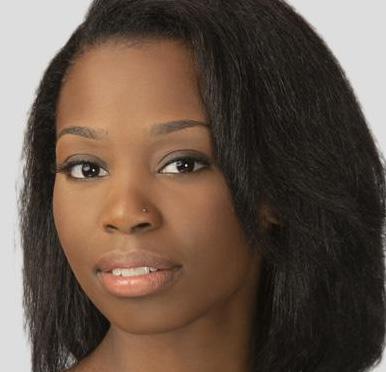
This program is supported, in part, by public funds from The New York City Department of Cultural Affairs in Partnership with the City Council.

Harlem Stage’s Programs are made possible by the New York State Council on the Arts with the support of the Office of the Governor and the New York State Legislature.
This project is supported in part by an award from the National Endowment for the Arts.
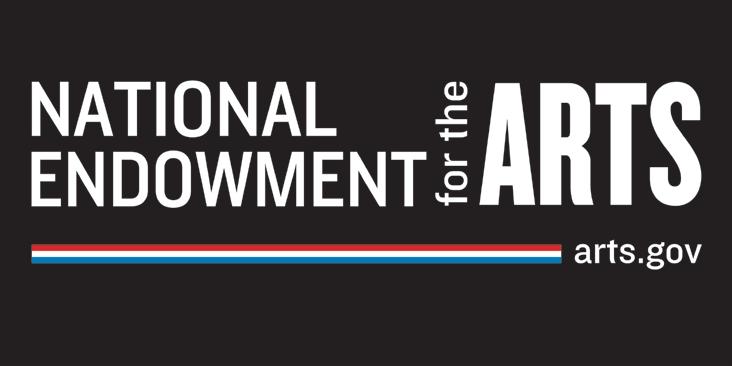

Harlem Stage is the performing arts center that bridges Harlem’s cultural legacy to contemporary artists of color and dares to provide the artistic freedom that gives birth to new ideas.
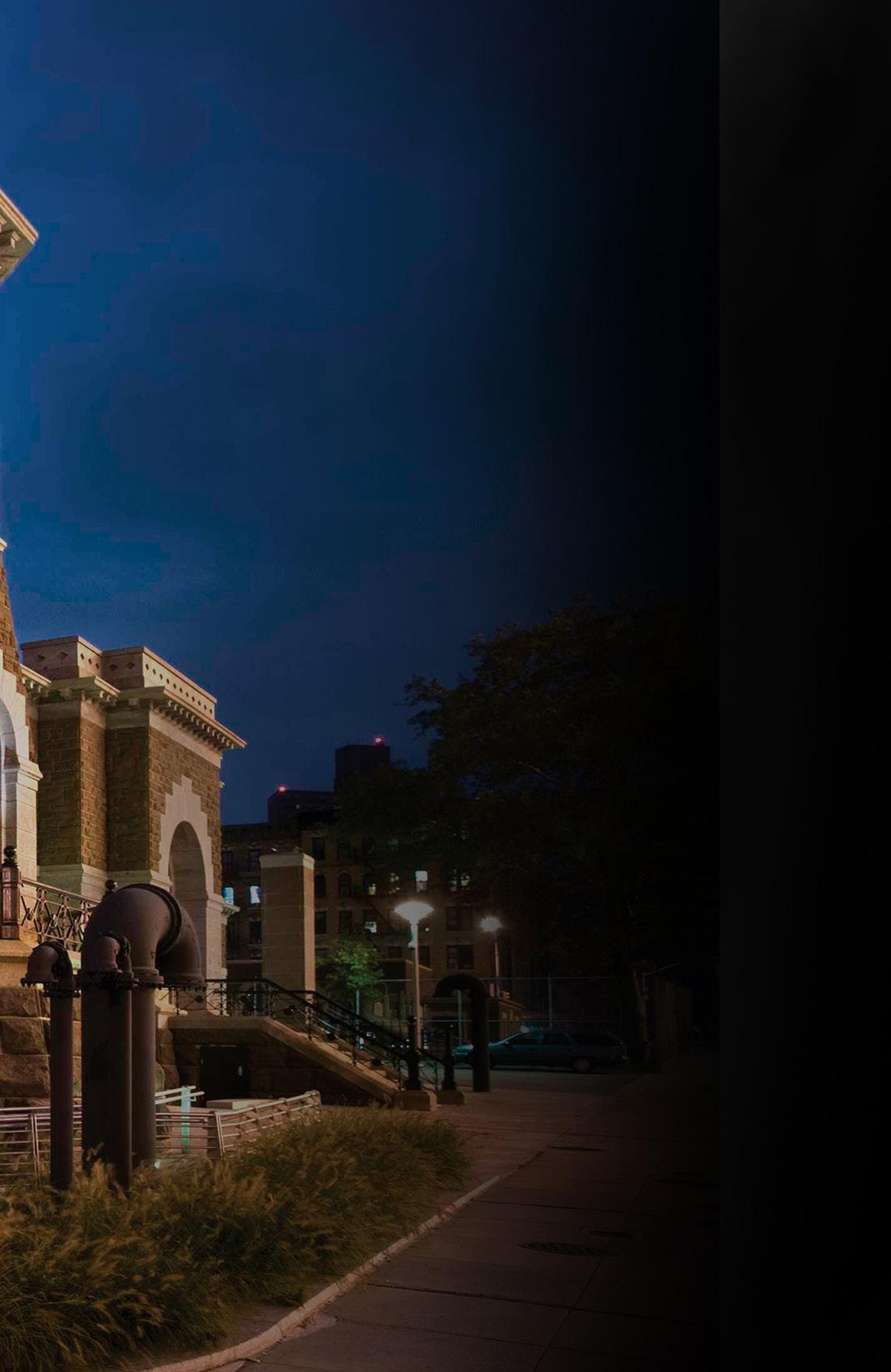
For nearly 40 years our singular mission has been to perpetuate and celebrate the unique and diverse artistic legacy of Harlem and the indelible impression it has made on American culture. We provide opportunity, commissioning, and support for artists of color, make performances easily accessible to all audiences, and introduce children to the rich diversity, excitement, and inspiration of the performing arts.
We fulfill our mission through commissioning, incubating, and presenting innovative and vital work that responds to the historical and contemporary conditions that shape our lives and the communities we serve.
Courtney F. Lee-Mitchell, President
Jamie Cannon, Vice President
Michael Young, Secretary
Mark Thomas, Treasurer
Angela Glover Blackwell
Jenna Bond
Jamila Ponton Bragg
Patricia Cruz, Artistic Director & CEO
Eric Oberstein, Managing Director
Shamar Hill, Director of Development
Shanté Skyers, Associate Director of Development
Carl Hancock Rux, Associate Artistic Director/Curator-in-Residence
Yunie Mojica, Programming Manager
Deirdre May, Senior Director of Digital Content and Marketing
Andre Padayhag, Marketing Manager and Graphic Designer
Eddy Perez, Box Office Manager
Amanda K. Ringger, Director of Production, Lighting Designer
Jeff Davolt, Stage Coordinator
Clarence Taylor, Lighting Op
Orlando Alvarado, House Audio Engineer
Saul Ulerio, Video Op
David Barrett, Julio Collado, Lighting & Audio Deck Crew
JoAnn K. Chase
Patricia Cruz
Hugh Dancy and Claire Danes
Jenette Kahn
Rebecca Robertson
LaChanze Sapp-Gooding
Tamara Tunie
Rodney Bissessar, Director of Operations
Lamont Askins, Operations Associate
Acey Anderson Sr., Maintenance
NCheng LLC, Accountants/Advisors
Michelle Blankenship, Principal Aaron Lam, Supervising Senior Accountant
Aon/Albert G. Ruben Company (NY)
—Claudia Kaufman, Insurance DAS Services, IT Consultant
Digital Video Services—BriGuel Lutz & Carr/Chris Bellando, Accountants
Madison Consulting Group, —Matt Laurence
Manchester Benefits—Greg Martin Marc Millman Photography
Digital Video Services —Jess Medenbach
RL Stein Group—Robyn L. Stein Snugg Studios—Derrick Saint Pierre
Development Consultant
The Whelan Group Incorporated —Charles Whelan
Blake Zidell & Associates, Public Relations & Marketing
Nobar Deleon. Toma Carthens. Julian Norales, Miriam Hernandez, Keyry Duran, Chloe Wilson